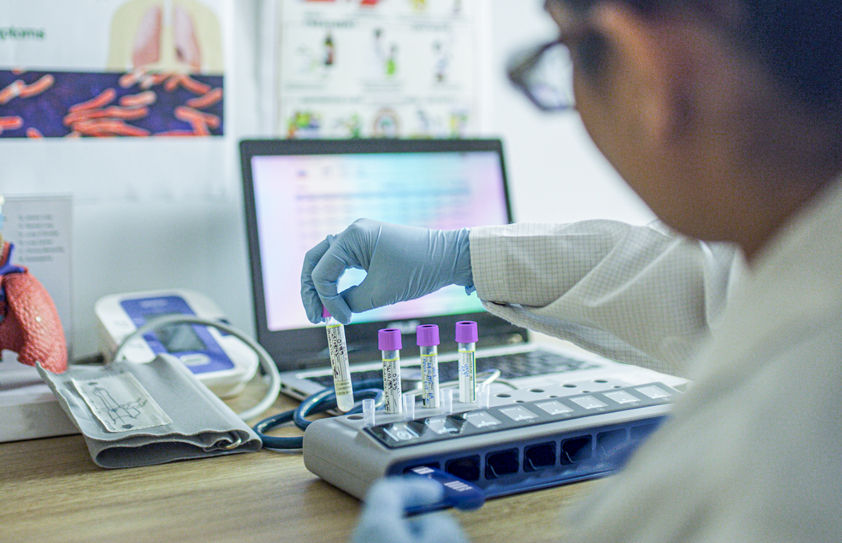Introduction to Product Refinement: What It Entails
Product refinement involves the process of improving and enhancing a product to meet the needs and expectations of the market. It includes analyzing customer feedback, identifying areas for improvement, and implementing changes to make the product more efficient, user-friendly, and desirable. This process aims to ensure that the final product delivers maximum value to the customers and maintains a competitive edge in the market.

Step 1: Gathering Customer Feedback and Market Research
To refine a product effectively, the first step is to gather customer feedback and conduct market research. This involves actively seeking input from your target audience to understand their needs and preferences. Additionally, studying the market helps identify trends, competitors, and potential opportunities for your product. Combining these insights will lay a strong foundation for the product refinement process.
Step 2: Analyzing Feedback to Identify Improvement Areas
After collecting feedback from your product users, carefully analyze it to pinpoint areas that require improvement. Look for recurring themes and common issues that users are facing. This step will provide valuable insights into how to refine and enhance your product to better meet the needs and expectations of your customers. Remember, the feedback you receive is a crucial source of information for identifying specific areas that need attention, so take the time to thoroughly analyze it.
Step 3: Conceptualizing Updates and Implementing Design Changes
Once the areas for improvement are identified, the design team begins to brainstorm ideas for changes and updates. They then translate these ideas into actionable design concepts that aim to enhance the product's functionality and appeal. After finalizing the concepts, the team proceeds to implement the necessary design changes to refine the product. The key objective is to ensure that the updated design effectively addresses the identified issues and meets the evolving needs of the target audience.
Step 4: Prototyping and Testing the Refined Product
Once the design is finalized, the next step is to create a physical prototype of the refined product. The prototype is then subjected to rigorous testing to ensure that it meets the design requirements. This step is crucial in identifying any potential flaws or areas for improvement before the product moves into the final production phase. Prototyping and testing helps in ensuring that the refined product meets the desired standards of quality and functionality.
Step 5: Launching the Updated Product and Monitoring Performance
Once the product refinements have been implemented, the updated version is ready to be launched into the market. This involves promoting the new features and improvements to potential customers. It's essential to carefully monitor the performance of the updated product after launch to assess its reception in the market. Keep track of customer feedback, sales figures, and any other relevant data to gauge the success of the product refinement process. This will help in identifying any further improvements that may be needed and ensuring that the updated product meets the needs and expectations of the target audience.

The Role of Cross-Functional Teams in Product Refinement
Cross-functional teams play a crucial role in the product refinement process. These teams bring together individuals from different departments, such as marketing, design, engineering, and quality assurance, to collaborate and share their expertise. By working together, cross-functional teams ensure that all aspects of the product, from design to functionality, are carefully evaluated and refined. This collaborative approach facilitates effective communication and problem-solving, leading to a more comprehensive and polished end product.
Overcoming Common Challenges in the Product Refinement Process
In the product refinement process, challenges are inevitable. Here are some common challenges you may face and how to overcome them:
Unclear Customer Needs: Start by conducting thorough market research and gathering direct customer feedback to better understand your target audience's needs and preferences.
Technical Constraints: Collaborate closely with your engineering and design teams to identify and resolve any technical limitations early in the refinement process.
Inadequate Resources: Prioritize tasks and allocate resources efficiently to ensure that the refinement process progresses smoothly despite resource constraints.
Scope Creep: Set clear project boundaries and maintain regular communication with stakeholders to prevent the scope from expanding beyond manageable limits.
Quality Assurance: Implement rigorous testing procedures and quality control measures at each stage of refinement to identify and address any potential issues early on.
By addressing these challenges proactively, you can navigate the product refinement process more effectively and ultimately achieve a successful outcome.
Case Studies: Successful Product Refinement Examples
Case studies provide real-life examples of successful product refinement. By examining these case studies, you can gain valuable insights into the product refinement process. They showcase how companies have transformed their initial product concepts into successful, market-ready products through careful analysis, iteration, and improvement. Studying these examples can help you understand the key steps involved in the product refinement process and apply these lessons to your own product development efforts.
Conclusion: Continual Improvement as a Product Strategy
Continuous improvement is crucial for a successful product strategy. It involves regularly reviewing and refining the product to meet changing market needs. By continuously gathering customer feedback, analyzing data, and implementing improvements, businesses can ensure that their products remain competitive and relevant. A key element of this process is to prioritize ongoing product refinement as a core part of the overall business strategy, enabling the company to stay ahead of the competition and meet the evolving needs of its customers.


Comments